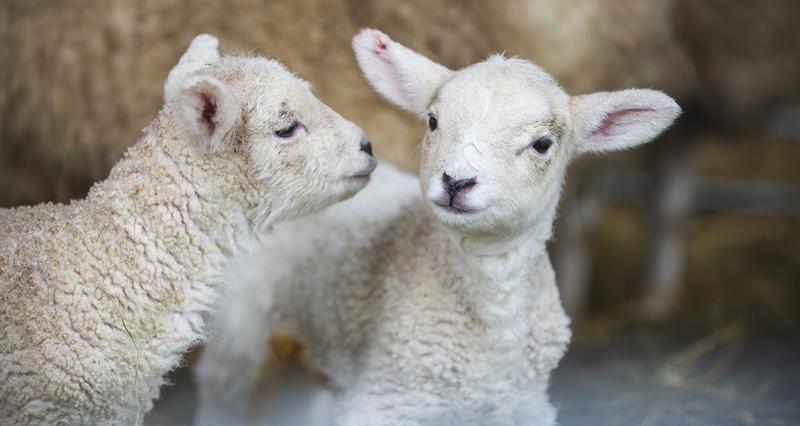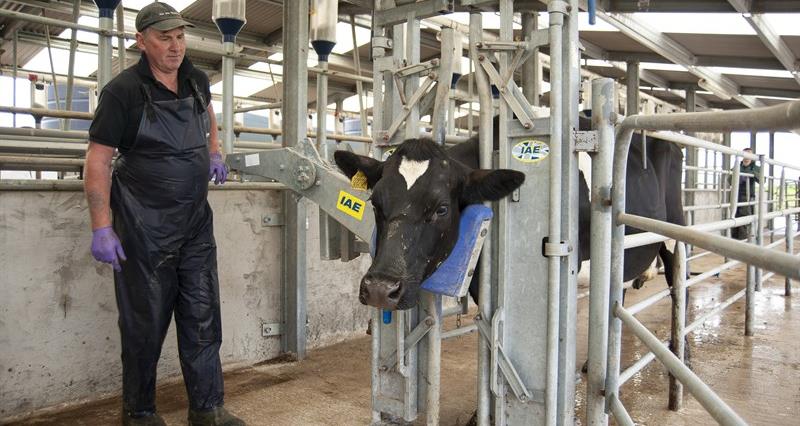Tail docking and castrating lambs are considered essential management procedures by many farmers to protect the lifetime welfare of the animal and to meet supply chain requirements.
Tail docking helps prevent lambs from getting dirty and therefore less prone to fly strike as an alternative to costly and time-consuming treatment and prevention strategies.
Similarly, castrating lambs means male and female lambs can be kept together without concern over unwanted pregnancies or extra management costs from running separate sex groups.
Castrated males also ensures as many markets are as accessible as possible, as there can be difficulties with entire finished or store lambs being sold to markets or abattoirs.
Ultimately, castrating and tail docking lambs are vital for business management, supporting profitability, and the welfare of the lambs over the life of the animal.
The primary tool used for this in England and Wales are rubber rings.
“Even though lambing is a busy and stressful time, if you are planning on castrating and/or tail docking your lambs it is vital you understand the regulation that we are legally obliged to meet.”
NFU Livestock Board Vice Chair Oli Lee
Members may also be aware of other methods. If you are interested in using other methods to castrate or tail dock, please do your research and speak to your vet. Not all of the alternative methods are currently approved for use in England and Wales, though their suitability is being considered as part of a wider Defra review of ‘husbandry procedures’.
Castration
- Only ram lambs under the age of seven days old can be castrated with rubber rings without anaesthesia or any other pain control.
- Ram lambs older than seven days cannot be castrated with a device that constricts blood flow to the scrotum. This includes rubber rings and clips.
- If the lamb is over three months old, anaesthesia must always be used when castrating, by any method.
Tail docking
- Rubber rings can only be used to tail dock lambs which are aged under seven days old.
- Apart from when using rubber rings on lambs under seven days old, anaesthesia must always be used when tail docking lambs.
To clarify, if members are to use rubber rings to castrate or tail dock without anaesthetic or analgesic, the lambs must be under seven days old. Please contact your vet if you wish to carry out castration or tail docking procedures when lambs are older than seven days.
The legal requirements for castration and tail docking are set out in: The Mutilations (Permitted Procedures) (England) Regulations 2007
NFU Livestock Board Vice Chair Oli Lee said: “British livestock farmers produce lamb and sheep meat to world leading standards. This is something I am extremely proud of as a British sheep producer.
“Even though lambing is a busy and stressful time, if you are planning on castrating and/or tail docking your lambs it is vital you understand the regulation that we are legally obliged to meet.
“If you intend to use rubber rings to castrate or tail dock your lambs, as many of us do, make sure to carry out the procedure before the lambs are 7 days old.”



